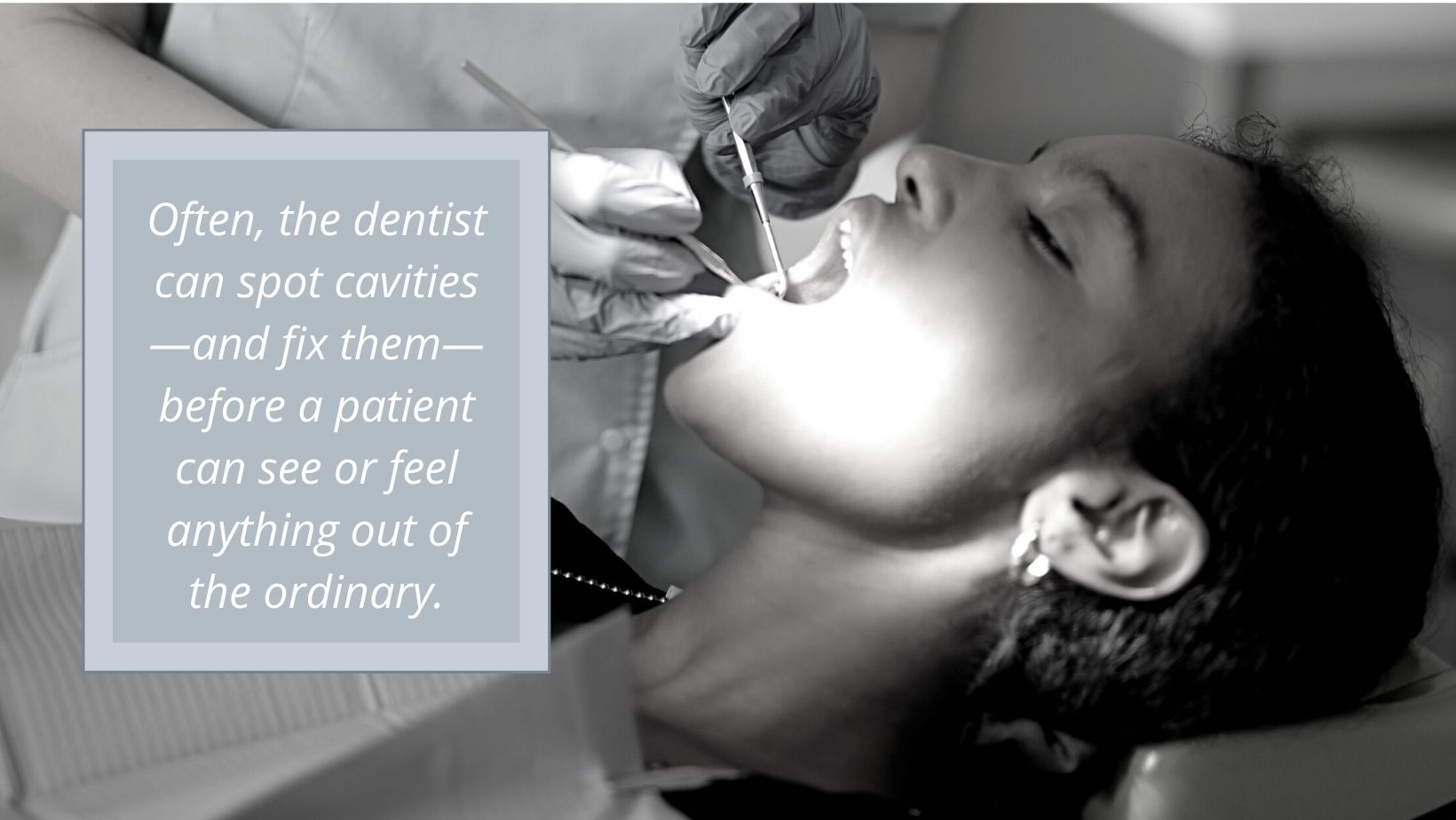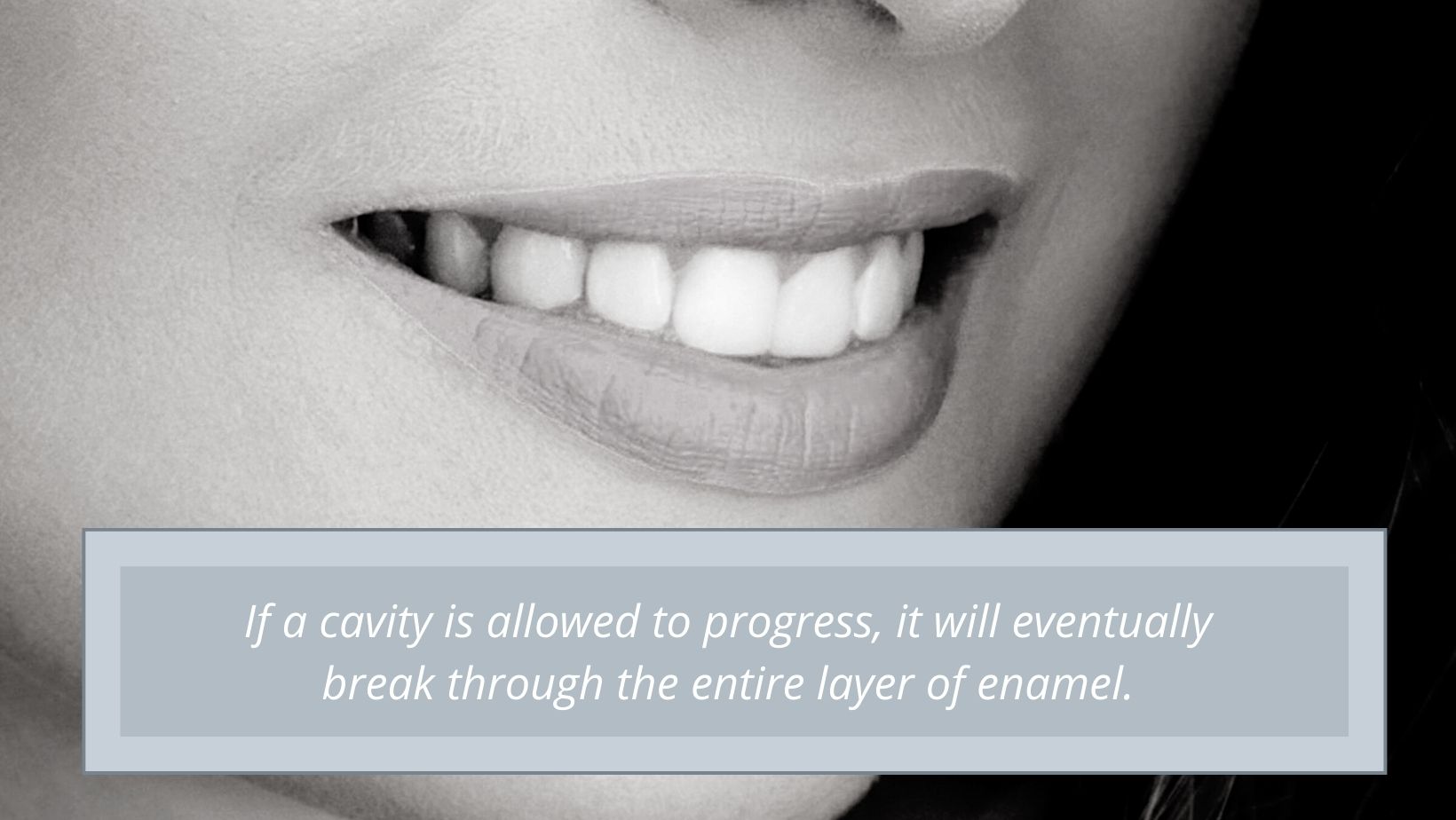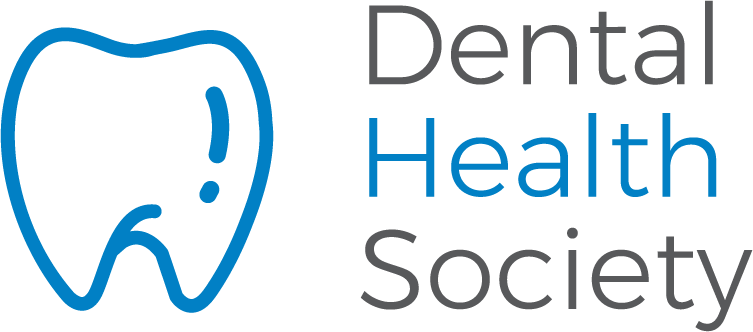It’s human nature to avoid unpleasant things, so it is not surprising that many people try to ignore a cavity. They choose to put up with the pain and discomfort rather than finding a solution. Some fear that going to the dentist for a filling will hurt. And for those without dental insurance, there is the cost to worry about.
But is it safe to ignore a cavity? Cavities will not go away on their own. Instead, they will grow. The bigger a cavity gets, the more likely it is to create more serious issues with the teeth, gums, and even other parts of the body. Waiting can significantly increase the pain, expense, and risk to the patient’s overall health.
How Do You Know If You Have a Cavity?
A cavity, also called tooth decay or a dental carie, is a hole in a tooth. It starts when sugars and acids from food and drink combine with the natural bacteria in the mouth. This forms a sticky substance called plaque that eats away at the hard enamel on the outside of the tooth.
The best way to prevent damage to the enamel is brushing, flossing, and a healthy diet. But even people who take good care of their teeth can get a cavity. Teeth are bumpy, with a lot of nooks and crannies for plaque to hide. Cavities are so common that according to the CDC, about 90% of adults over the age of 20 have had at least one.
Along with good dental hygiene at home, routine professional cleanings can help a patient avoid cavities. Regular visits to the dentist for a checkup and x rays will help detect cavities early if they occur. Often, the dentist can spot them—and fix them—before a patient can see or feel anything out of the ordinary.

What does a cavity look like? If it is not hidden on a back molar or between teeth, patients might see a slight discoloration on a tooth. It might start out as a spot that looks whiter than the natural tooth color. As time goes on, it can turn yellow, brown, or black. In some cases, the patient might be able to see a tiny pit or hole too.
Most patients are more likely to feel a cavity before they see it. What does a cavity feel like? Sensations can range from simply noticing the hole with one’s tongue to a constant, throbbing toothache. The most common symptoms of a cavity are:
- pain, especially when chewing or biting down on something, and
- sensitivity to anything hot, cold, or sweet
These symptoms might start out being sporadic, and get more intense and constant as time goes on. Even if a patient wants to ignore a cavity, the discomfort will make it very difficult to do so as the cavity takes hold.
Here’s What Happens if You Do Nothing to Fix a Cavity
Just how bad can it get to ignore a cavity? As we’ve mentioned, a cavity will not disappear or heal by itself. Instead, it will get progressively worse. The hole will grow wider and deeper. If the decay starts between teeth, there is the potential for the carie to spread, forming a cavity on both teeth.
If a cavity is allowed to progress, it will eventually break through the entire layer of enamel. The tissue beneath, called dentin, is much softer, so the decay will have an easier time spreading.
Once the cavity destroys the dentin of a tooth, it will attack the pulp chamber and root. This area is filled with nerves and blood vessels that carry nutrients. The exposure of nerves in this inner core of the tooth is what can hurt so much. Even air flowing in while taking a breath can hit the nerve endings and cause excruciating pain.
In addition to a cavity uncovering the nerves, it can also cause an infection of the tissue in and around the tooth. Pulpitis is a painful bacterial infection in the pulp chamber. The pain is accompanied by swelling and inflammation that can result in an abscess. An abscess often shows up as a red, pus-filled lump on the gum near the infected tooth.
Even without an abscess, gum tissue may also be exposed to bacteria if a cavity is near the gumline. This can lead to periodontal disease.
If a patient has been able to ignore their cavity up until this point, the tooth—which believe it or not, is a living thing—will eventually die. A condition called dental pulp necrosis signals the death of the nerves and blood vessels in the tooth’s root.
This might sound like the end of the story, especially someone ignoring a cavity. After all, once the tooth and its nerves die, the pain will stop. Unfortunately, the problems don’t go away.
A dead tooth might not hurt anymore, but it is severely weakened. It can easily break or fall out. Missing teeth present their own set up problems, like teeth shifting out of position.

Finally, ignoring a cavity can have consequences far beyond the tooth itself or the rest of the mouth. Untreated tooth decay has been shown to have a connection to serious diseases and medical conditions. The infection from a cavity can spread into the blood or bones. There is also a greater chance of developing other health conditions such as diabetes, heart attacks, strokes, and oral cancer.
Treating Only the Symptoms Won’t Fix the Problem
There are some home remedies that can give some relief from the pain of a cavity. Patients can use over-the-counter pain medications to alleviate the discomfort. It is also a good idea to stick to soft foods to avoid heavy chewing on the affected tooth. A rinse with warm salt water several times a day can also bring some relief.
It is important to remember, though, that these things will not cure the cavity. A patient must get a filling. But until a dental appointment can be made, these home remedies might help.
Recommended Treatments to Fix a Cavity
The best way to fix a cavity is to find it early and get a dental filling. This involves first numbing the area with a local anesthetic such as novocaine. Then, the dentist uses a drill to clear out the decayed portion of the tooth, filling the hole with a strong material such as porcelain or composite resin.
This is a safe and simple procedure, causes minimal discomfort, and is done in less than an hour. The smaller the hole is when the cavity is discovered, the quicker and easier the procedure will be.
Different treatments might be necessary when someone has ignored a cavity or if it has a chance to grow before it is found.
When the dental carie has reached the pulp chamber, the patient may need a root canal procedure. This goes a step further than a simple filling with the dentist removing all of the nerves and blood vessels before cleaning and filling the hole. The entire structure of the tooth usually needs a crown to seal it off and add stability. Recovery from this procedure takes longer and is often more uncomfortable than that of a filling. It is also more expensive.
When someone has ignored a cavity for so long that the tooth is either seriously infected or dead, the dentist may have no choice but to pull it. A tooth extraction is a last resort, but is not always the last step for the patient. Dentists recommend tooth replacement with a bridge, dentures, or a dental implant. This ensures that the remaining teeth will function properly for the patient in the future.
While a root canal procedure is more invasive and expensive than a filling, something like a dental implant is even more so.
Ignoring a Cavity is Never a Good Idea
While an ordinary cavity is not necessarily dangerous, it isn’t exactly safe either. The longer a patient ignores a cavity, the worse it will get. Some of the consequences expose the patient to greater risks for their oral health as well as their overall health.
At the first signs of a cavity, contact a dentist. Better yet, schedule routine visits twice a year. The dentist can often detect dental caries before they can be seen or felt. They can be fixed with a filling before they have a chance to cause any serious trouble.
To schedule an appointment, use our online search tool to find a dentist in your area.


